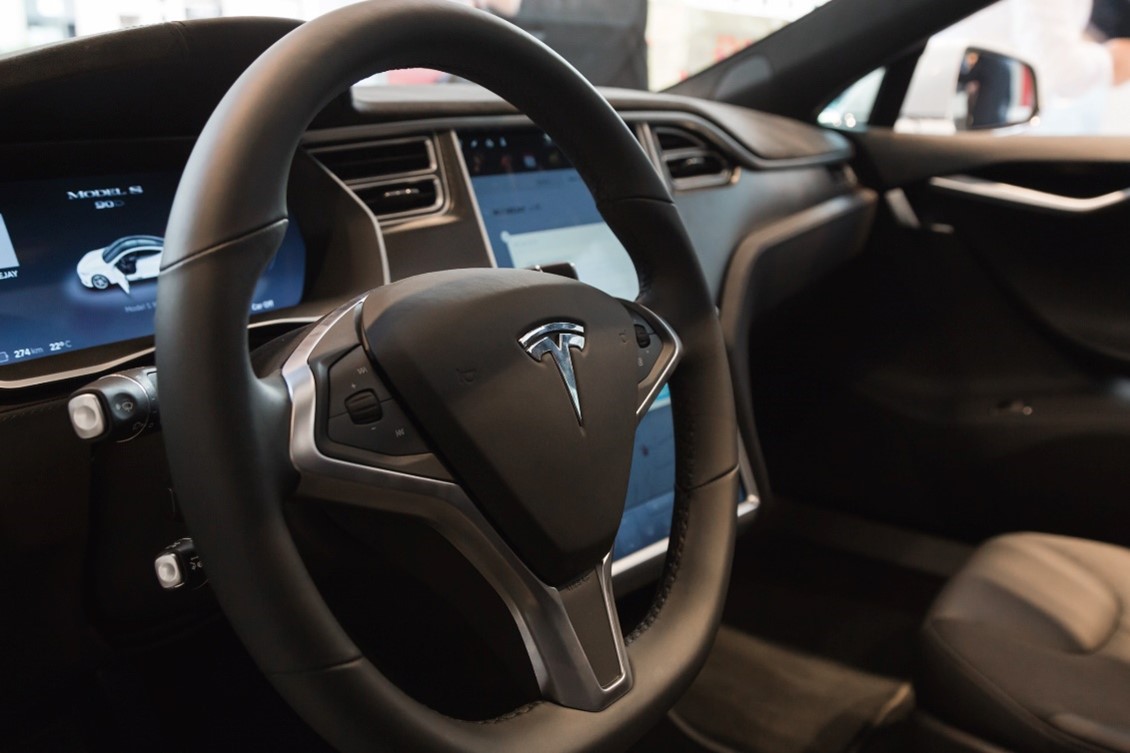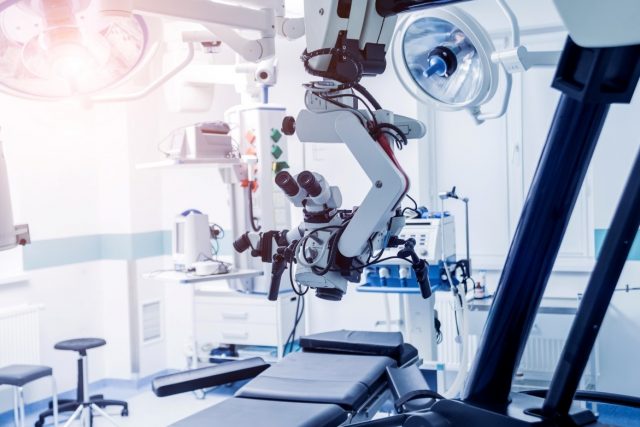Matthew Aladesaye is a PhD qualified Mechanical Engineer from Massey University, Auckland, New Zealand. In the following article, Matthew Aladesaye discusses current breakthroughs in engineering, and the future of robotics.
Robots were first invented in the early 1950s.
Over the years, with advancements in technologies like Artificial Intelligence (AI) and Sensor Technology, robots have come a long way – what once only existed in science fiction is now a part of reality.
Matthew Aladesaye explains that robotics, along with automation, have become the next frontier in mechanical engineering. These engineers are continuously working at the forefront of designing and developing robotic and automation systems that aim to streamline processes in various industries.
Today, these innovations have become an essential part of modernizing industries such as manufacturing, healthcare, and transportation. Below, Matthew Aladesaye examines the latest developments in robotics and automation, highlighting their impact on different sectors.
Matthew Aladesaye on the Developments in Robotics and Automation
Manufacturing Industry
The integration of robotics and automation has significantly transformed industrial settings worldwide, improving the overall efficiency and productivity of manufacturing processes.
Matthew Aladesaye says that industrial robots, being the smart machines that they are, not only significantly increase output but also improve the quality of manufactured products. These machines are now undertaking labor-intensive and repetitive tasks with accuracy, consistency, and precision which helps reduce production time and manufacturing errors.
This allows workers to focus on creative or more complex aspects of production. Worker safety is also enhanced as hazardous work or tasks performed in potentially dangerous environments can now be assigned to robots.
Matthew Aladesaye explains that on the other hand, the use of automation systems in manufacturing has streamlined inventory management and supply chains, resulting in cost reductions and just-in-time manufacturing.
The following are the latest robotics and automation breakthroughs in manufacturing sector:
- Industrial Internet of Things (IIoT) Technology: More production robots are being deployed with smart sensors and actuators that can capture, analyze, and communicate data in real-time leading to new levels of efficiency and productivity.
- Industrial Cyber Security: As more smart machines are being connected to internal systems, the risk of cyber security also increases. Cyber-physical systems are on the rise to ensure the safety of the robot and the security of the data it holds.
- Collaborative Robots: These robots are continuously growing in popularity and are expected to see greater adoption by more manufacturers. Collaborative robots also incorporate various new features such as power and force limiting, speed and separation monitoring, safety-rated stop monitoring, and hand guiding- teaching by demonstration.
 Healthcare Industry
Healthcare Industry
Matthew Aladesaye reports that the revenue of the global medical robots market is projected to reach $12.7 billion by the year 2025.
Indeed, the use of robotics and automation highlights the healthcare industry’s commitment to improving patient care and operational efficiency.
Today, robots are used to diagnose and treat patients. These smart machines are also being used to assist in surgeries, physical therapy, and rehabilitation. On the other hand, automation systems are being utilized to monitor patients and provide them with medical advice. Automated drug delivery systems are also on the rise, which help reduce medication errors.
Matthew Aladesaye notes that the following are the latest robotics and automation breakthroughs in the healthcare sector:
- Surgical Robots: More medical facilities are investing in surgical robots. This technological advancement in surgery allows surgeons to perform complex procedures that result in reduced recovery times.
- Pharmaceutical Automation: Automation streamlines drug discovery and manufacturing processes, expediting the development of new vaccines and medication. Technologies such as AI-driven drug design, robotic drug synthesis, and automated high-throughput screening help in the faster distribution of life-saving treatments and therapies.
Transportation Industry
The rise of robotics and automation is also evident in the transportation and logistics industry.
Matthew Aladesaye says that the impact of these innovations has shifted the industry in a whole new direction; allowing for more sustainable, more efficient, and safer mobility solutions. The use of autonomous vehicles is continuing to gain traction, while automation is continuing to transform goods transportation and supply chain management.
The following are the latest robotics and automation breakthroughs in the transportation and logistics sector:
- Autonomous Vehicles: Vehicles equipped with AI algorithms and advanced sensors such as self-driving cars, buses, and trucks are continuously being deployed, with the aim of reducing accidents, lowering fuel consumption, and improving traffic flow.
- Urban Mobility Solutions: More cities are investing in the infrastructure of smart transportation which includes contactless payment systems and real-time traffic management. Automation is also becoming more prevalent in electric scooters, ride-sharing platforms, and bike-sharing systems. Tesla and Waymo are at the forefront of this innovation.
- Logistics Automation: The growth of e-commerce has paved the way for automated distribution centers and warehouses as well as the use of drones and robots in deliveries and order fulfillment processes.
Matthew Aladesaye explains that technology is advancing rapidly, and robotics and automation stand as catalysts of transformation across various sectors. As time goes on, embracing these innovations will no longer be a choice, but a necessity.








